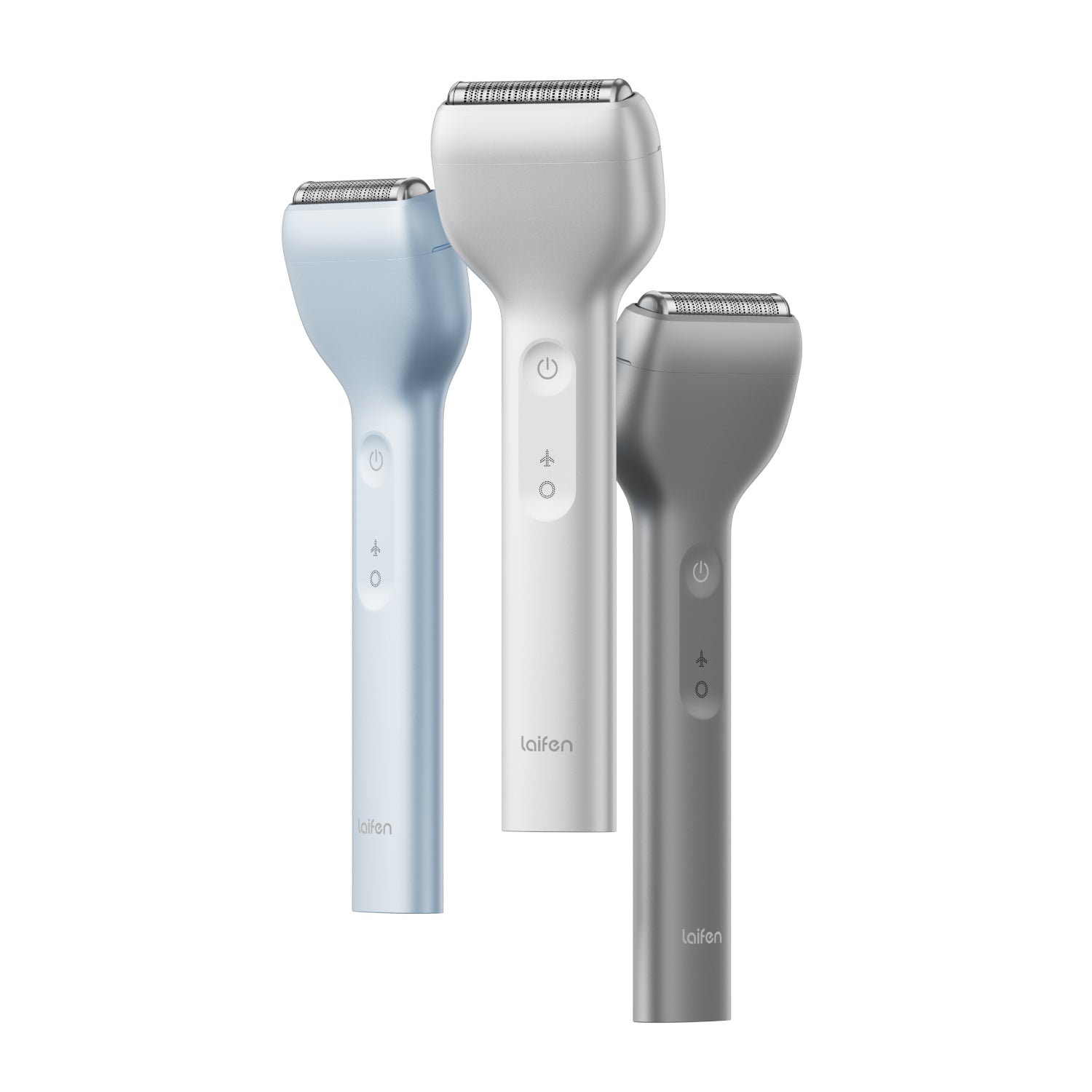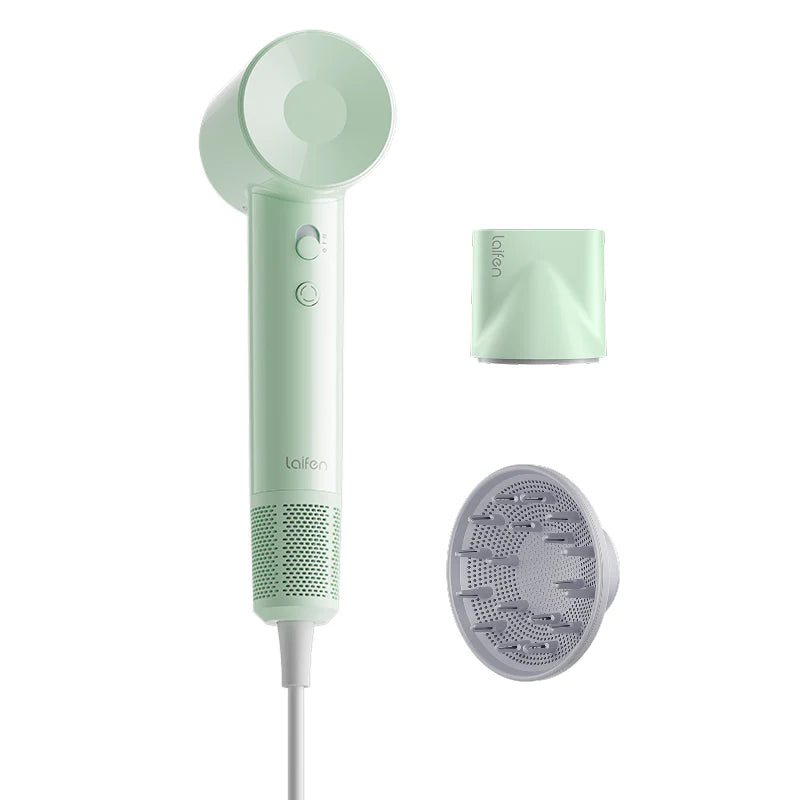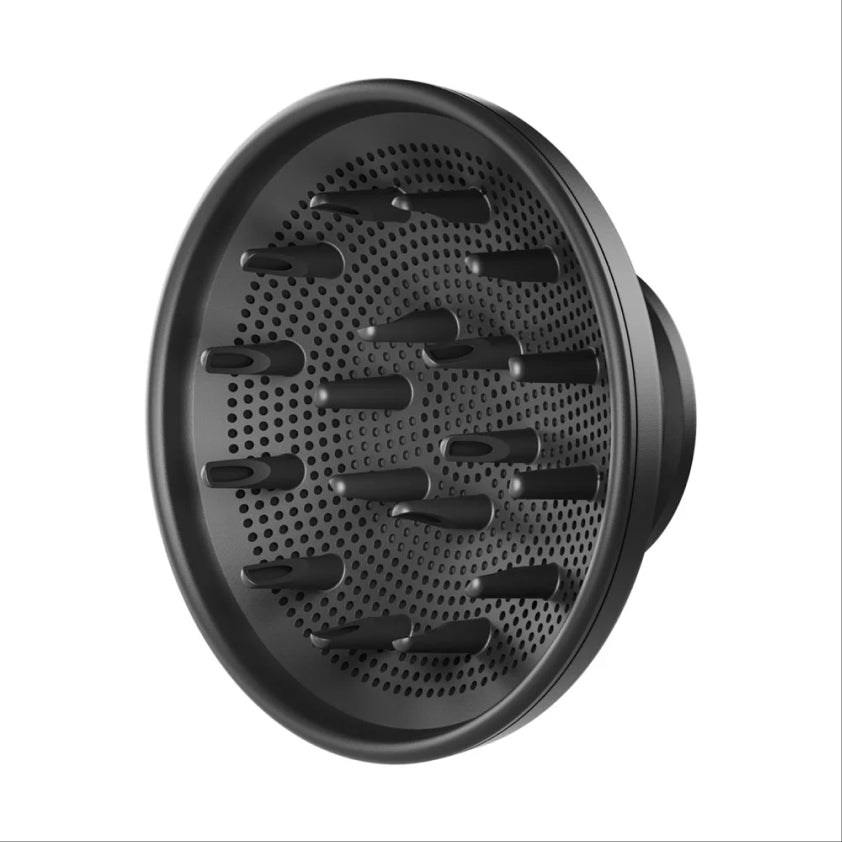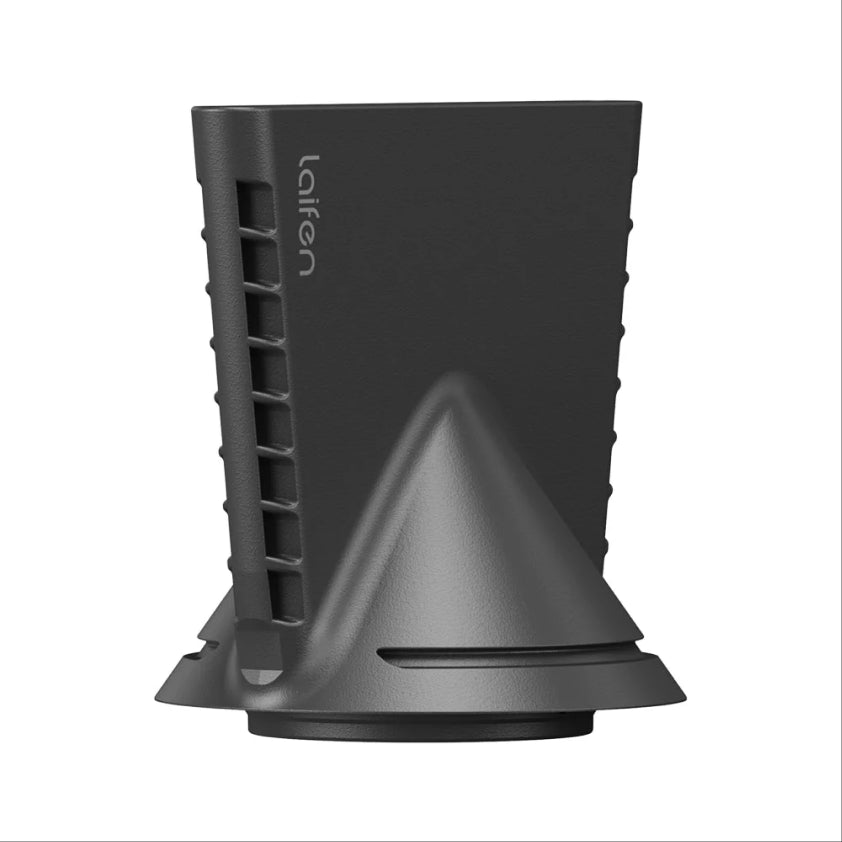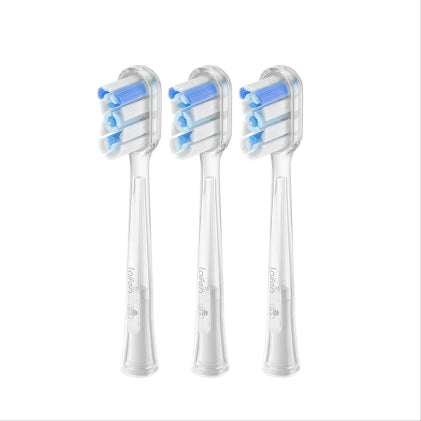
In this article
Sometimes, the things we do to make our hair look its best can end up doing the most damage.
Tools like flat irons, curling irons, and certain hair dryers give us amazing initial results, but can lead to long-term damage because of their high levels of heat. In the following article, we’ll be explaining why heat and hair don’t mix, as well as sharing how to prevent and fix heat damaged hair. Read on to revive your healthy hair!
Heat Damaged Hair: How Does Heat Damage Occur?
Before we get to the juicy solutions, it’s important to understand why and how heat damage happens.

First, you’ll need to know what a hair cuticle is. It’s the outermost layer of hair that is designed to protect the inner layers from the elements. Hair cuticles are made up of cross-linked proteins that are generally strong – until they encounter high temperatures (up to 250°C).
Heat causes damage by weakening the strength and elasticity of the hair cuticle, which leads to the degradation of its structure. And the more heat exposure hair has, the more prone it is to damage. This is why heat damaged hair looks and feels dry, dull, and brittle.
Hot tools like hair dryers, curling irons, and flat irons cause hair cuticle cells to lift and separate, which makes the deeper layers more susceptible to damage. Certain tools can also add excess tension and friction, which weakens hair cuticle cells even more. And if your hair has experienced chemical damage due to bleach or dye, it will be in its most vulnerable state.
Keep in mind that heat damage is something that occurs over time. You likely won’t experience it after using a hot tool once, but be mindful if they’re a regular part of your hair styling routine.
Signs of Heat Damage
Not sure if you’re experiencing heat damage? Look out for these signs and symptoms:
- Dryness
- Dullness
- Split ends
- Breakage
- Frizz
- Roughness
- Tangles
- Hair loss
- Elasticity loss
- Changing hair color (if dyed)
How To Prevent Heat Damaged Hair

It’s often easier to prevent heat damage than to reverse it. Keep your hair healthy, soft, and shiny by adopting the following practices:
- Choose a nourishing shampoo and conditioner.
Hair health and hydration begins in the shower. Make sure you’re using high quality shampoos and conditioners that hydrate and replenish the hair. Everyone is different, so it will take some trial and error for you to find the best option for your hair, but it’s best to avoid products with moisture-stripping ingredients like sulfates, alcohols, and silicones.
- Use hot tools in moderation.
You don’t have to toss out all your tools, but it may be wise to scale back your use – especially if you currently use hot tools on a daily basis. Try to find a hairstyle that allows you to skip days in between hot styling sessions. And when you’re styling, avoid going over the same section multiple times.
- Use a heat protectant.
If you are going to use a hot tool, make sure you protect your locks beforehand with a heat protectant. There are plenty of options on the market, many of which come in a convenient spray or serum form. A heat protectant creates a protective shield over your hair cuticles, making them less susceptible to damage. Consider it SPF for your hair.
- Work at a lower heat setting.
The higher the heat level, the more damaging it is to hair. You can still get effective results by working with lower temperatures. Try to stick to low to medium heat settings, and avoid the highest heat settings whenever possible.
- Do a weekly hair mask or deep condition.
Give your hair some extra moisture by adding a weekly hair mask or deep conditioning treatment to your self-care routine.
- Get regular trims.
Heading to the salon every few months ensures you’re cleaning up split ends that lead to roughness.
Heat Damaged Hair: Is Heat Always The Enemy?
Hair and heat aren’t the best match, but that doesn’t necessarily mean you need to avoid it at all costs. As we mentioned above, a healthy hair cuticle is able to withstand temperatures up to 250°C, so it is ok to give your hair a certain level of heat exposure.
Also, sometimes a bit of heat can be beneficial. Leaving your hair wet for too long also isn’t great. Wet hair is weaker than dry hair, so it’s more prone to breakage. Dampness can also lead to the formation of dandruff and acne-causing bacteria, so you could say that breaking out the blow dryer is the lesser of two evils.

Just be sure to choose your hair dryer and heat settings wisely. For example, the Laifen SE High-Speed Hair Dryer is the perfect choice for anyone concerned about heat damage. It has an innovative temperature cycling mode to ensure hair never gets too much heat exposure, and its ultra fast brushless motor cuts drying time in half compared to conventional hair dryers, so your hair won’t even have time to get damaged!

The Best Treatments For Heat Damaged Hair
Don’t worry if your hair is currently past the point of preventative measures. It’s always possible to treat heat damage. Here are a few treatments you can do:
1. Switch to products that strengthen and repair.
If you’re not using specialized shampoos, conditioners, and other products, your hair likely needs an extra hydration boost. Look for products that are specifically designed to repair heat damaged hair.
2. Start doing hair masks.
In addition to your new restorative products, invest in a nourishing hair mask. You can do the hair mask once a week.
3. Try a keratin treatment.
If everyday products still aren’t doing the trick, consider getting a professional keratin treatment at a salon. Keratin is a type of protein that repairs damage by strengthening individual strands.
4. Get a haircut.

You may not want to hear this if you love your current length, but sometimes the easiest thing is to start from scratch. This doesn’t necessarily mean you need to get a pixie cut – speak to your stylist to see how much length you’d need off to get your hair back to a healthier state.
Conclusion – How To Fix Heat Damaged Hair
You can still find your way back to healthy hair, even if you’re currently experiencing heat damage. Adjust your hair care routine accordingly by swapping to products that nourish, repair, and strengthen, scale back the heat, and invest in a high quality hair dryer that won’t lead to damage, like the Laifen SE!


